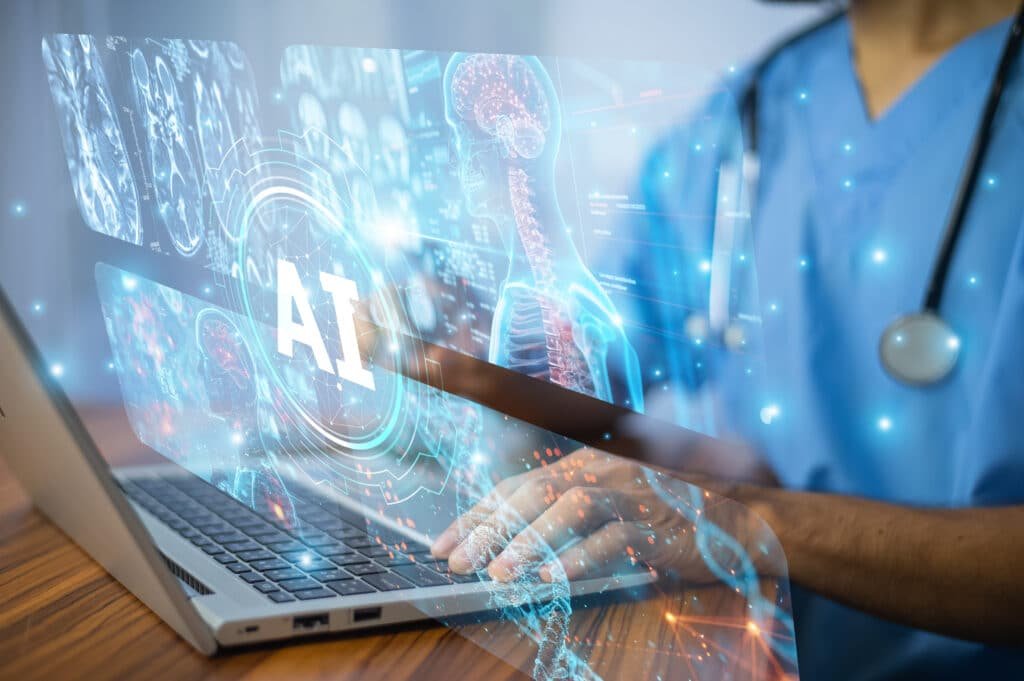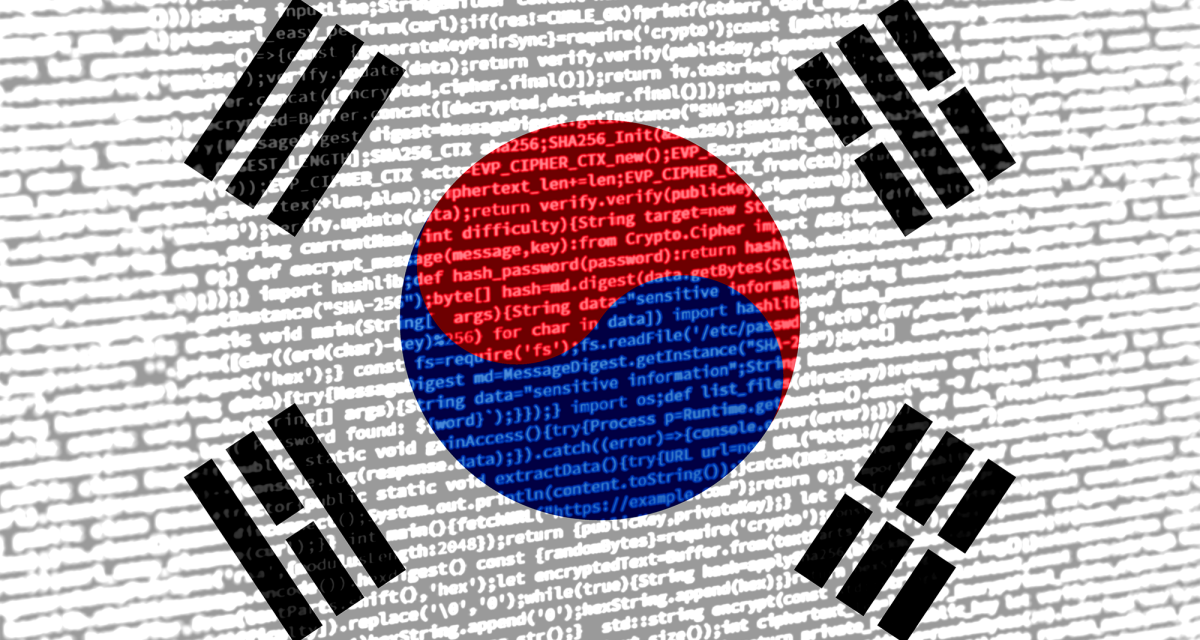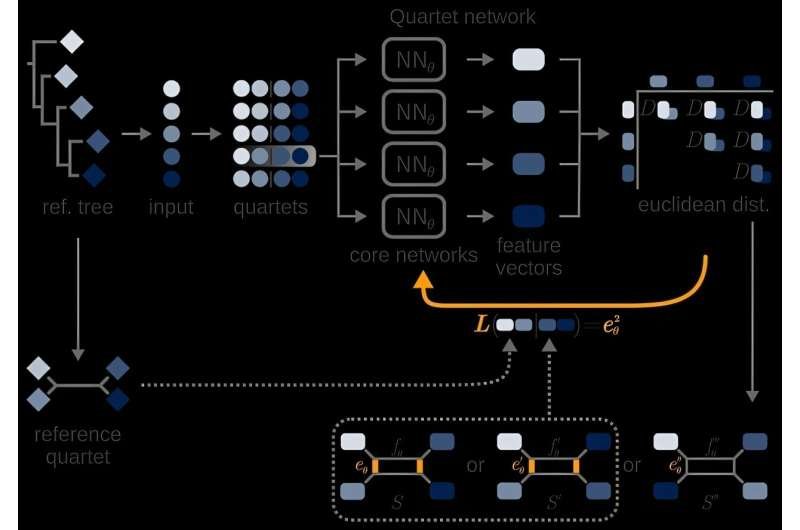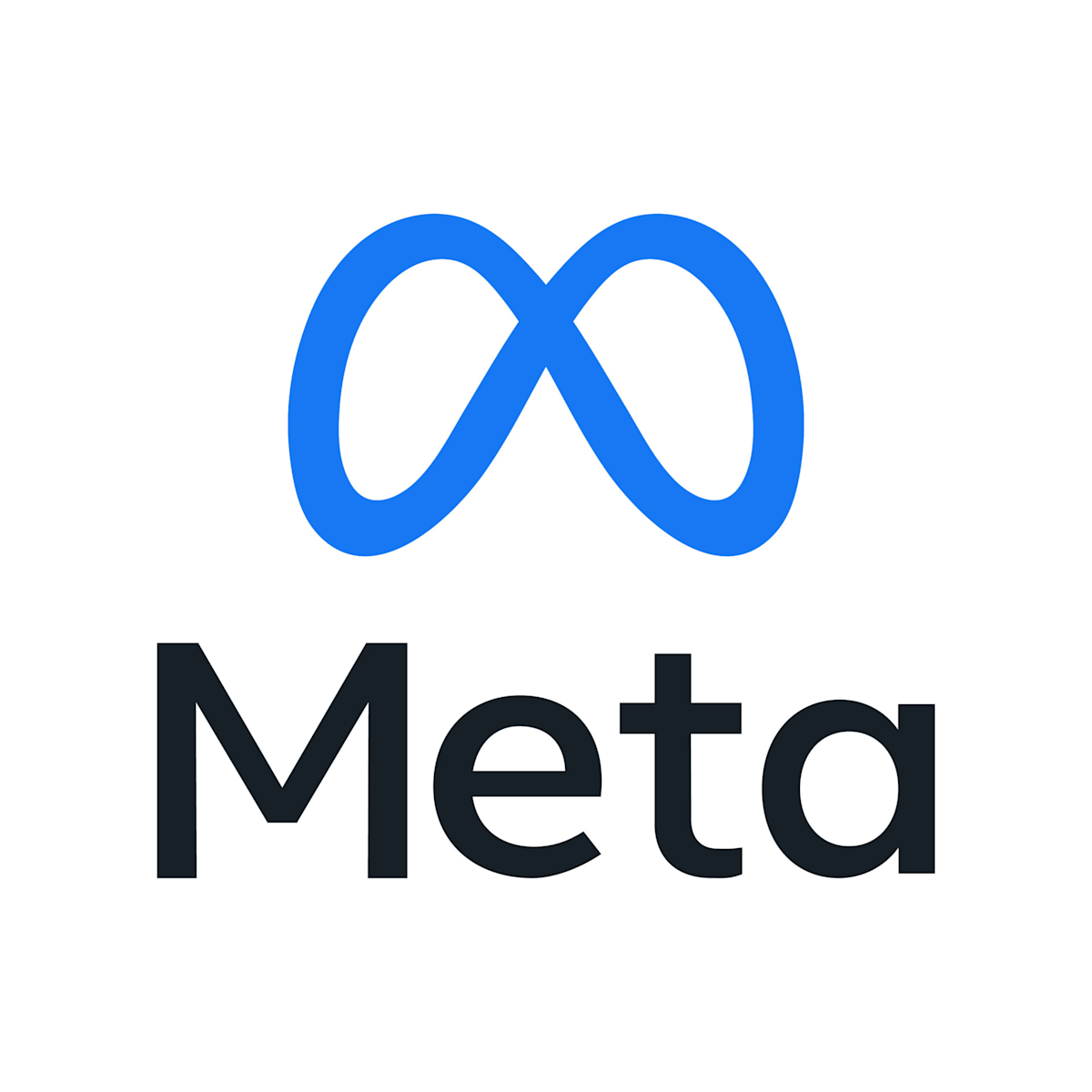AI Research
Artificial Intelligence in Diagnostic Imaging

Artificial intelligence (AI) has firmly established itself in the world of medicine. In diagnostic imaging, its use means greater precision, faster analysis, and improved patient care. Systems that support radiologists make a real contribution to the early detection of diseases, better interpretation of examination results, and more efficient management of clinical data.
Artificial intelligence in medical imaging – this is already reality
Just a few years ago, the application of AI in diagnostic imaging was treated as an experiment reserved for the most advanced research centers. Today, it has become an everyday reality. AI algorithms support physicians around the world by analyzing X-ray, CT, MRI, and PET images with a level of precision that is often unattainable using traditional methods, especially under heavy workloads. Artificial intelligence can detect microscopic changes, highlight areas of risk, and suggest possible diagnoses, significantly shortening the time from examination to diagnosis. This revolution is not just about technology – it’s also a fundamental shift in the approach to patient care: diagnostics are becoming more personalized, data-driven, and faster than ever before.
How does AI support doctors in interpreting imaging studies?
In clinical practice, radiologists analyze hundreds of images, often under time pressure. AI acts as an intelligent assistant, quickly scanning images for abnormalities and comparing them to millions of reference patterns. This enables the rapid identification of potential disease foci, even in cases involving very subtle changes – such as the early stages of cancer, minor tissue damage, or less obvious signs of neurological conditions. The use of AI speeds up the interpretation of results and improves documentation, supporting subsequent patient care.
AI in diagnostics – support, not replacement
Concerns that artificial intelligence will replace radiologists are unfounded. Although AI systems can analyze data at superhuman speeds, they still require human input to provide clinical context and make final decisions. The greatest advantage of AI is the automation of repetitive and time-consuming tasks, such as measuring lesions, comparing results with previous examinations, or the preliminary classification of findings. This allows radiologists to focus on accurate diagnosis, communication with the medical team, and therapeutic decision-making.
The future of diagnostic imaging with AI
Diagnostic imaging is constantly evolving. The future belongs to integrated, personalized solutions supported by real-time AI. Artificial intelligence will increasingly combine images with other data sources – medical histories, laboratory results, and genetic profiles. Platforms will be created to support clinical decision-making at many levels – not only in radiology but also in oncology, cardiology, and neurology.
Moreover, the development and integration of AI in healthcare will require close cooperation between technology developers, medical professionals, and healthcare institutions. Only through ongoing feedback and adaptation to real clinical needs can AI tools fully realize their potential in improving diagnostics and patient outcomes.
Challenges and opportunities: data, ethics, and education
The implementation of AI in diagnostic imaging brings not only opportunities but also challenges. Ensuring the security and privacy of patient data is a priority. The ethical use of AI, transparency of algorithms, and responsibility for diagnostic errors are issues that require constant attention. Ongoing education and training for medical staff are essential to fully leverage the possibilities of AI and avoid misunderstandings or misinterpretations of results.
At the same time, the spread of AI solutions allows for the standardization of procedures and raises the quality of diagnostics, even in less specialized medical centers. This opens up new opportunities for equalizing access to advanced healthcare, both in highly developed and less privileged regions.
Example of implementation – United Imaging Healthcare
One example of the implementation of comprehensive solutions combining diagnostic imaging with AI is United Imaging Healthcare, a company offering systems that support the work of radiologists by automating image analysis, documentation, and reporting. These solutions are being implemented in medical facilities around the world, supporting the development of clinical competencies and the effectiveness of diagnostics.
The human element remains irreplaceable
It is important to emphasize that AI is a tool designed to support, not replace, medical professionals. The knowledge, intuition, and experience of radiologists remain essential in the diagnostic process. Artificial intelligence allows them to work more efficiently and focus on the most important aspects of patient care, but the final word always belongs to the human expert.
Artificial intelligence has become an integral part of modern diagnostic imaging. It streamlines the work of physicians, increases the precision of diagnoses, and – most importantly – brings tangible benefits to patients. The future belongs to the synergy between specialist knowledge and the potential of AI.
—
As with anything you read on the internet, this article should not be construed as medical advice; please talk to your doctor or primary care provider before changing your wellness routine. WHN does not agree or disagree with any of the materials posted. This article is not intended to provide a medical diagnosis, recommendation, treatment, or endorsement.
Opinion Disclaimer: The views and opinions expressed in this article are those of the author and do not necessarily reflect the official policy of WHN/A4M. Any content provided by guest authors is of their own opinion and is not intended to malign any religion, ethnic group, club, organization, company, individual, or anyone or anything else. These statements have not been evaluated by the Food and Drug Administration.
AI Research
South Korea Looks to Canadian Energy to Fuel its AI Ambitions

Artificial intelligence (AI) and clean energy technologies have emerged as central policy pillars of the new Lee Jae Myung government in South Korea, as part of his administration’s strategy to revitalize the economy.
Recognizing that the country has lagged behind global leaders such as the U.S. and China, both of which have adopted robust industrial policies, Lee’s government plans to introduce a South Korean version of the Inflation Reduction Act, a massive government investment plan to promote key strategic sectors. Similar to the U.S. act, Lee’s initiative aims to provide large-scale subsidies and targeted government financing to accelerate growth in strategic sectors, with AI and clean energy at the forefront.
Within this broader policy shift, the nexus between AI and energy has gained prominence. The rapid scaling up of energy-intensive AI infrastructure has sent energy demand soaring. As a result, South Korea needs to ensure a sustainable and resilient power supply for the digital economy. South Korea is one of the countries leading efforts to integrate energy policy and AI strategy in a way that both promotes innovation and strengthens energy security.
The evolution of South Korea’s AI governance
South Korea laid a foundation for AI governance in its 2024 Framework Act on Artificial Intelligence, one of the world’s first comprehensive national AI laws. Enacted under Lee’s predecessor, Yoon Suk Yeol, the act was designed to foster innovation while ensuring transparency, safety, and public accountability.
Shortly after assuming the presidency in early June, Lee elevated AI to a central role in South Korea’s national growth agenda. His administration’s blueprint aims to position the country among the world’s top three AI powers. Adopting a ‘develop-first, regulate-later’ philosophy, the plan emphasizes ecosystem expansion, including C$97 billion (100 trillion South Korean won) in AI investments, the designation of data centres as critical infrastructure, and the rollout of an “AI Highway” to connect regional tech clusters. Simultaneously, the administration is continuing to build on the AI Framework Act, working to implement its provisions early in Lee’s five-year term to ensure legal stability and time to build public trust, particularly around issues such as data privacy and algorithmic bias.
A notable feature of this approach is integrating the country’s tech-sector leaders into policy roles. For example, the head of Naver’s AI Center was appointed presidential secretary for AI policy, and the president of LG AI Research now serves as minister of science and Information and Communications Technology. In addition, a centralized AI governance body within the presidential office now co-ordinates interministerial initiatives and accelerates regulatory reforms in close dialogue with the private sector.
To ensure that the strategy is well resourced, the government has earmarked C$970 million (1 trillion won) in public investment for AI research and development (R&D), in addition to a C$330-billion (340 trillion won) investment in three ‘game-changing’ technologies: AI semiconductors, advanced biotechnology, and quantum technology. Additionally, a national AI computing centre, costing C$2 billion (2 trillion won), is expected to open by 2027. These developments reflect a national effort to accelerate AI innovation to give South Korea the upper hand in technologies that are indispensable within the global value chain.
Key challenges in the AI–energy nexus
As South Korea pushes forward with its AI agenda, one of its most pressing challenges is building a sufficient and reliable energy supply. The explosive growth of AI infrastructure is substantially increasing demand on South Korea’s energy grid, with wide-ranging implications for both industrial competitiveness and climate goals.
The expansion of AI computing, especially through hyperscale data centres, is driving this steep growth in demand. A landmark 3 gigawatt data centre project in Jeollanam-do Province is expected to go online by 2028 to accommodate the compute intensity of next-generation AI applications. National electricity demand is projected to double by 2030 relative to 2022 levels, driven largely by data centres and semiconductor fabrication plants — two sectors at the heart of South Korea’s digital strategy.
Already, the country’s aging power grid is struggling to keep pace with this growth. Approximately 78 per cent of existing data centre power use is concentrated in the Seoul metropolitan area, straining the city’s local infrastructure. Although the government has pushed to relocate the data centre to other provinces through the Special Act on Distributed Energy (which came into effect in June 2024), to date, no such news of this relocation has been reported. Experts warn that without rapid modernization, grid bottlenecks could compromise supply stability and industrial growth. In response, the government enacted the Power Grid Act in February 2025 to expedite grid expansion, including provisions for enhanced compensation to communities affected by new transmission lines. The act also encourages public-private investment and regulatory reforms to streamline power purchase agreements and other procedures related to utilities.
To support its expanding AI infrastructure and meet AI-driven energy demands, South Korea is turning to liquefied natural gas (LNG) and nuclear power as its main sources of reliable electricity. Plans are underway to convert 28 aging coal-fired plants to run on LNG and to build two new nuclear reactors by 2038, supplementing the four already under construction. In contrast to former president Moon Jae-in’s (2017-22) nuclear phase-out policy, recent developments — including a speech by Lee during the recent election campaign and the appointment of Kim Jeong-gwan, president of Doosan Enerbility (a major national conglomerate deeply engaged in nuclear energy development), as minister of trade, industry and energy — suggest that the current administration recognizes the challenges of relying solely on renewables and the necessity of re-introducing nuclear energy. These signals indicate a pragmatic approach to building a renewables-centred energy system while maintaining energy security.
In the same vein, Seoul also sees small modular reactors (SMRs) as a promising long-term solution for powering AI infrastructure and carbon neutrality. The first 0.7-gigawatt SMR is expected to be deployed by 2036. Meanwhile, Korea Hydro & Nuclear Power (KHNP), one of the Korea Electric Power Corporation’s subsidiaries operating nuclear and hydroelectric plants, is advancing its innovative SMR design, aiming to finalize the standard design by the end of 2025. SMRs are increasingly favoured as a go-to solution to meet soaring AI-driven energy demand, not just in South Korea but elsewhere. For example, large tech companies such as Amazon and Google have pledged to increase their nuclear-power capacity by 2050, paying particular attention to SMRs for their potential to provide localized, carbon-free power generation for data centre clusters and industrial complexes.
Canada–South Korea co-operation: a strategic convergence
No country can achieve the dual goals of securing sustainable energy and fuelling the AI boom on its own. As South Korea bolsters its AI-energy strategy, cross-border collaboration will become indispensable. Canada has emerged as a key partner in this space.
Stable access to critical minerals and nuclear fuel is essential to South Korea’s energy security and growing AI infrastructure. In 2024, 48 per cent of the country’s enriched uranium imports (by value) came from Russia. However, amid heightened geopolitical risk, South Korea is shifting to more secure suppliers. Canada, the world’s second-largest supplier, with an 18 per cent global share in 2024, is expected to play an increasingly vital role. This diversification strategy not only reduces South Korea’s dependence on Russia but also boosts the long-term sustainability of its nuclear power fleet.
Nuclear technology and fuel have long been central to Canada–South Korea technology co-operation. Canada’s CANDU heavy-water reactors form a key part of South Korea’s nuclear infrastructure, with four CANDU reactors currently in operation at Wolsong. The bilateral nuclear co-operation has been well exemplified in the recent memoranda. In 2023, the Korea Atomic Energy Research Institute (KAERI) signed a memorandum of understanding (MOU) with Alberta’s provincial government to explore deploying the South Korea-designed SMART SMRs in Alberta, targeting applications such as oil sand steam generation. In the same year, KAERI and Canada’s Atomic Energy of Canada Limited signed a nuclear R&D MOU focusing on placing South Korean SMR designs into global markets, with an emphasis on collaboration with Canada. In May 2024, KHNP, Canada’s SMR developer, ARC Clean Technology, and New Brunswick Power signed a trilateral agreement to co-develop and deploy the ARC-100 advanced SMR, including mass deployment plans, starting with a demonstration at Point Lepreau, New Brunswick.
Bilateral AI collaboration is also in the works. In June 2024, the National Research Council of Canada and South Korea’s National Research Council of Science and Technology renewed their MOU, reaffirming joint R&D co-operation in AI and digital technologies. The agreement supports exchanges of researchers, joint innovation projects, and the development of collaborative infrastructure.
Finally, ethical AI governance — specifically South Korea’s AI Framework Act — can serve as a valuable reference point for Canada as it develops its own regulatory framework. Both countries emphasize transparency, safety, and accountability in AI, and their joint participation in forums such as the OECD and the Global Partnership on AI offers meaningful avenues for co-ordination. Collaborative efforts in this space would not only promote responsible innovation but also contribute to shaping global norms grounded in democratic values.
As South Korea accelerates its AI ambitions, the question of energy resilience has become inseparable from digital innovation. The AI-energy nexus is now a strategic domain where governance, infrastructure, and international partnerships converge. Canada, with its deep expertise in nuclear technology and growing AI ecosystem, is uniquely positioned to collaborate with South Korea in building a secure, ethical, and sustainable digital future.
• Edited by Jeehye Kim, Senior Program Manager, Northeast Asia, Vina Nadjibulla, Vice-President Research & Strategy, and Ted Fraser, Senior Editor, APF Canada
AI Research
Equipping artificial intelligence with the lens of evolution

Artificial intelligence is now better than humans at identifying many patterns, but evolutionary relationships have always been difficult for the technology to decipher. A team from the Bioinformatics Department at Ruhr University Bochum, Germany, working under Professor Axel Mosig has trained a neural network to tackle this issue.
The AI can relate any data from different species in an evolutionary relationship and identify which characteristics have developed in what manner throughout the course of evolution.
“Our approach lets artificial intelligence look at data through the lens of evolution, in a way,” explains Vivian Brandenburg, lead author of the report published in the Computational and Structural Biotechnology Journal on August 22, 2025.
Providing prior knowledge about the ancestry tree
“Most previous AI algorithms have a hard time analyzing biological data through an evolutionary lens, because they don’t know what to look for and get confused by random patterns,” says Mosig. The team has provided its AI with prior knowledge of the phylogenetic trees of the species being analyzed.
This approach is based on classifying groups of four species into the presumably correct ancestry tree when training the AI. The tree contains information about close and distant relationships. “If all groups of four are correctly arranged, the entire ancestry tree can come into place like a puzzle,” explains Luis Hack, who also worked on the study. “The AI can then look in the sequences to identify patterns that have evolved throughout this tree.”
The kicker: This method works not only for genetic sequence data, but also for any other type of data, such as image data or structural patterns of biomolecules from various species. After the bioinformaticists from RUB initially established the approach for DNA sequence data as part of their current work, they are already exploring its applicability for image data.
“For example, you could reconstruct hypothetical images of evolutionary predecessor species,” says Hack, explaining the method’s potential for future projects.
More information:
Vivian B. Brandenburg et al, A quartet-based approach for inferring phylogenetically informative features from genomic and phenomic data, Computational and Structural Biotechnology Journal (2025). DOI: 10.1016/j.csbj.2025.08.015
Provided by
Ruhr University Bochum
Citation:
Equipping artificial intelligence with the lens of evolution (2025, September 10)
retrieved 10 September 2025
from https://phys.org/news/2025-09-equipping-artificial-intelligence-lens-evolution.html
This document is subject to copyright. Apart from any fair dealing for the purpose of private study or research, no
part may be reproduced without the written permission. The content is provided for information purposes only.
AI Research
Meta Details AI Research Efforts at TBD Lab

This article first appeared on GuruFocus.
Meta Platforms Inc. (META, Financials) is advancing its artificial intelligence ambitions through a small research group called TBD Lab, which consists of a few dozen researchers and engineers, Chief Financial Officer Susan Li said Tuesday at the Goldman Sachs Communacopia + Technology conference.
The unit, whose placeholder name has stuck, is tasked with developing next-generation foundation models over the next one to two years. Li described the team as talent-dense and said its work would help push Meta’s AI portfolio closer to the frontier.
TBD Lab is one of four groups within Meta’s Superintelligence Labs, created earlier this year after the company reorganized its AI strategy. The other groups include a products team anchored by the Meta AI assistant, an infrastructure team, and the Fundamental AI Research (FAIR) lab.
The restructuring followed senior staff departures and what was seen as a muted reception for Meta’s latest open-source Llama 4 model. CEO Mark Zuckerberg has since taken a direct role in recruiting AI talent, making offers to startups and contacting candidates himself through WhatsApp with multimillion-dollar packages.
Investors will look to Meta’s next earnings update for signs of progress in AI development and how new models could fit into its products and services.
-

 Business2 weeks ago
Business2 weeks agoThe Guardian view on Trump and the Fed: independence is no substitute for accountability | Editorial
-
Tools & Platforms4 weeks ago
Building Trust in Military AI Starts with Opening the Black Box – War on the Rocks
-

 Ethics & Policy1 month ago
Ethics & Policy1 month agoSDAIA Supports Saudi Arabia’s Leadership in Shaping Global AI Ethics, Policy, and Research – وكالة الأنباء السعودية
-

 Events & Conferences4 months ago
Events & Conferences4 months agoJourney to 1000 models: Scaling Instagram’s recommendation system
-

 Jobs & Careers2 months ago
Jobs & Careers2 months agoMumbai-based Perplexity Alternative Has 60k+ Users Without Funding
-

 Education2 months ago
Education2 months agoVEX Robotics launches AI-powered classroom robotics system
-

 Podcasts & Talks2 months ago
Podcasts & Talks2 months agoHappy 4th of July! 🎆 Made with Veo 3 in Gemini
-

 Education2 months ago
Education2 months agoMacron says UK and France have duty to tackle illegal migration ‘with humanity, solidarity and firmness’ – UK politics live | Politics
-

 Funding & Business2 months ago
Funding & Business2 months agoKayak and Expedia race to build AI travel agents that turn social posts into itineraries
-

 Podcasts & Talks2 months ago
Podcasts & Talks2 months agoOpenAI 🤝 @teamganassi

